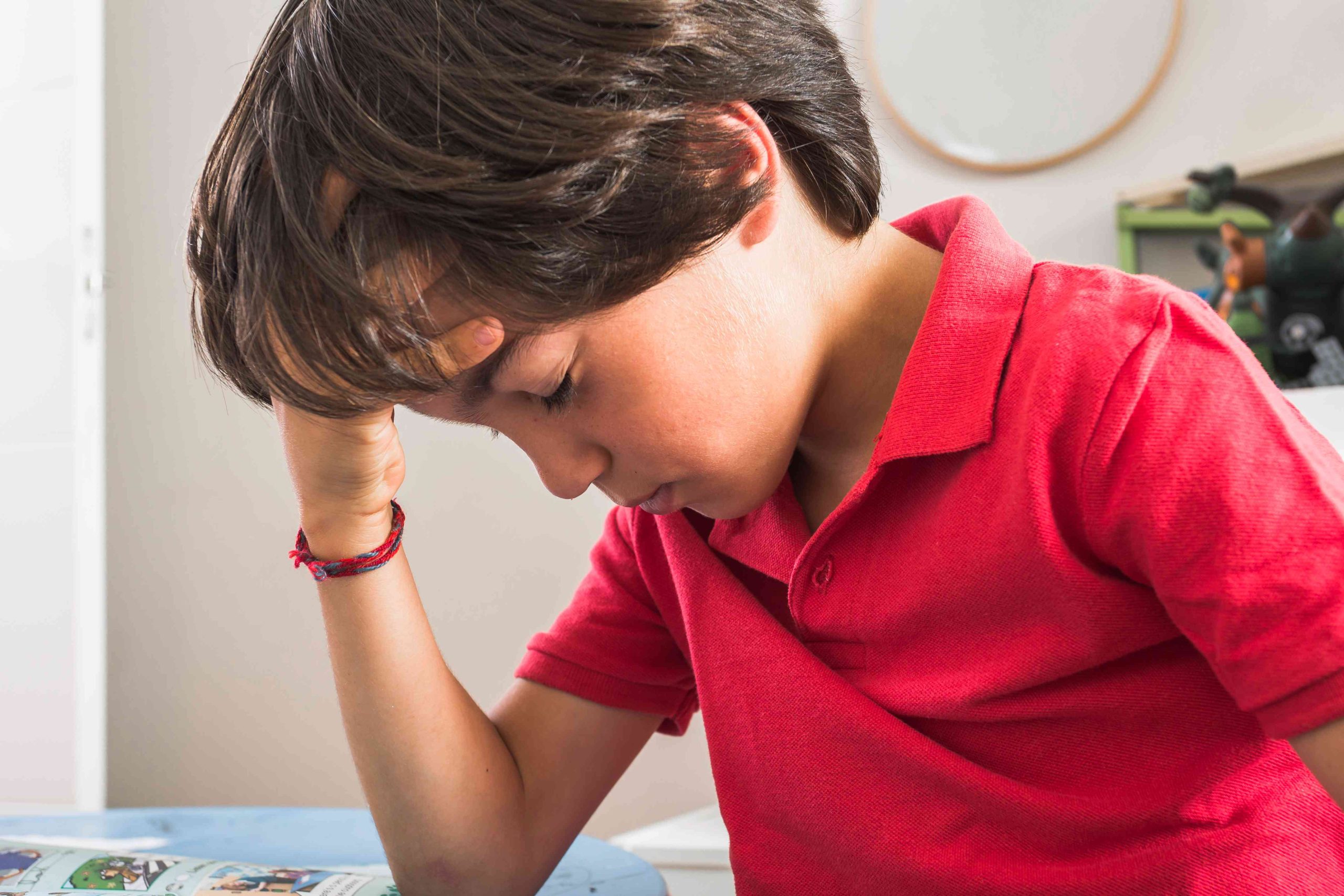
Navigating Goodbyes with Preschoolers: A Guide to Emotional Transitions
Saying goodbye to a preschooler presents a myriad of emotions for parents, caregivers, and educators alike. This pivotal moment in a child’s day warrants careful consideration, as it significantly influences their emotional and social development. This article delves into the complexities of this process, exploring various perspectives and strategies to facilitate smoother transitions.
Attachment Theory and Preschoolers
Attachment theory underscores the importance of secure bonds between caregivers and children in fostering emotional resilience. Preschoolers, in particular, rely on these attachments to navigate the world with confidence. However, bidding farewell can trigger anxiety, especially when departing from a trusted caregiver.
Effective Communication
Communication serves as a bridge during farewells, especially when preschoolers struggle to articulate their emotions verbally. Paying heed to nonverbal cues and providing reassurance about the departure can assuage anxieties for both child and caregiver.
Embracing Routine
Routine acts as a stabilizing force in a preschooler’s life, offering predictability amid transitions. Establishing a consistent goodbye ritual, coupled with continuity in caregiving, fosters a sense of security and minimizes distress.
The Delicate Balance
While the urge to swiftly depart may arise in moments of heightened emotions, acknowledging the significance of goodbyes is crucial. For children with secure attachments, bidding farewell reinforces trust and mitigates feelings of abandonment.
Finding Harmony
Each child’s journey through farewells is unique, dictated by factors such as attachment style, developmental stage, and individual needs. Balancing practicalities with emotional sensitivity is key to navigating these transitions effectively.
Conclusion
In conclusion, navigating farewells with preschoolers demands a delicate dance between practicality and empathy. By fostering secure attachments, maintaining open lines of communication, and embracing routines, caregivers can empower children to navigate separations with resilience.
Exploring Factors
- Attachment Style: Secure attachments bolster children’s confidence in farewells.
- Age and Developmental Stage: Developmental milestones shape children’s responses to farewells.
- Type of Separation: Context influences the approach to farewells, whether gradual or swift.
- Caregiver’s Needs: Acknowledging caregivers’ emotions is integral to supporting both child and adult through farewells.


